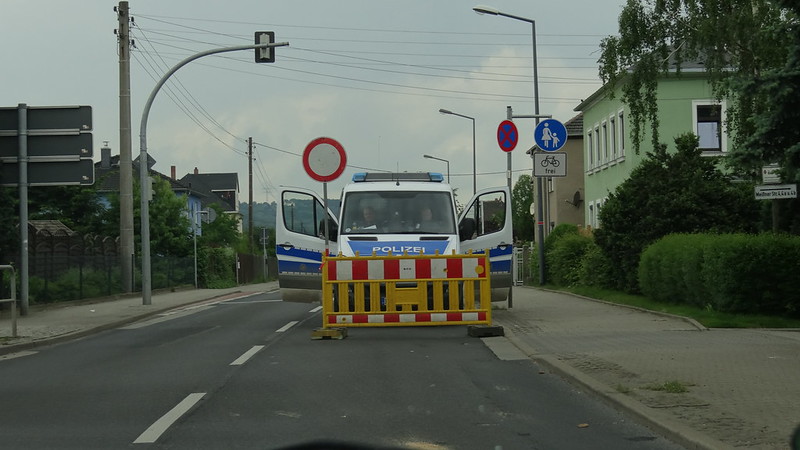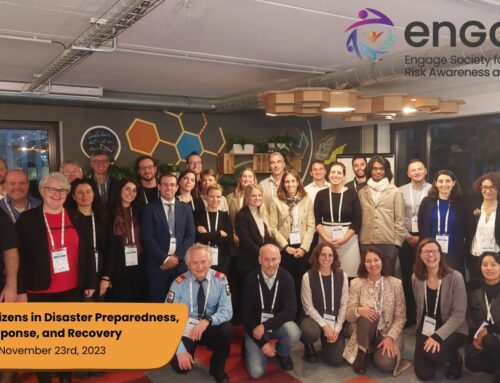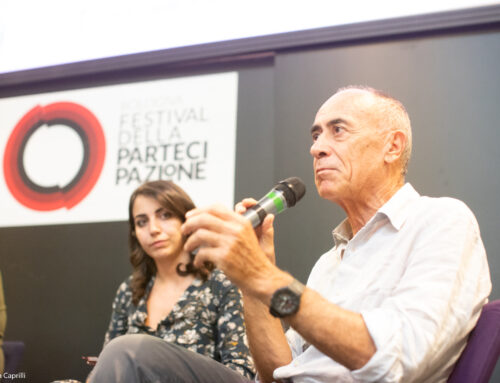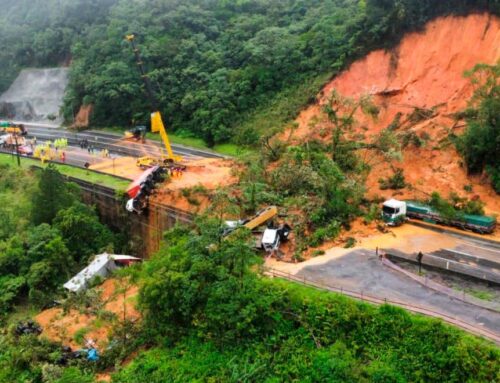Introduction
Trust in generally imagined as something inherently good for enhancing resilience in societies and communities. As we already mentioned in another post, ENGAGE’s ambition is to better understand what we mean when we speak of trust, both in terms of whom we trust and to what we refer to when we speak of trusting somebody in times of crisis. Trust is a multi-level concept, because it entails different interrelated criteria abilities, like skills and competencies, benevolence, expectations about the good intentions of others, and integrity, the perception that the others stick to his or her principles. Trust is also a multi-level concept, because it refers to many different types of social relations: between neighbours, between strangers, between the individual and authorities. or between an individual and her or his community. Finally, trust entails uncertainty. People take risks in crisis situations to help others even though they cannot and often are not entirely sure that somebody will assist them – they have trust. What is often overlooked is that this means that trust is dynamic in the sense that we can generally trust somebody, but this does not mean that we have trust that the same person, organisation or community performs well in a very specific disaster situation. I can perfectly trust my neighbour, but I do not trust that he will storm into a burning building to rescue me. I do however trust in the police to do so, even though I might doubt “the state” in general.
One dimension that is often overlooked in this context is distrust or the absence of trust as something that can be productive in crisis situations. If the trust we have varies between actors, specific skills, or specific situations, we also do not trust some people to employ certain skills in some situations. This means we take even greater risks when we act in those situations, because we do not trust that somebody comes or is able to help. ENGAGE is specifically interested in situations where people acted, even though they did not trust, because we believe that these types of situations are often poorly understood.
Distrust and societal resilience
Research work carried out in the context of the project is particularly interested in settings during a crisis, where people coped with the situation in the absence or independently of formal disaster management. We believe that distrust is a context factor in these situations explaining why and how people improvised and found a solution to a specific problem. Two following examples show why this is relevant for understanding societal resilience.
- After the earthquake of L’Aquila in Italy in 2009, not only the city of L’Aquila was affected, but many of the surrounding mountain villages as well. Fueled by general mistrust in the state capacity to reach these villages, people acted without waiting for civil protection to provide housing solutions. Local pubs provided informal housing solutions for those who lost their homes. In this case we are interested in how this informal approach was developed, focusing on different social conditions and context factors that made it possible. Besides the question of gender roles- e.g women providing information about available rooms, social bonds and values, the local pub as social place and nod of a social network- we are also interested in how trust or the absence of trust factors in. By describing precisely in whom and in what capacities people, pub owners, and victims of disasters trusted, we can see how both trust and mistrust help to cope with a disaster.
- During the Utoya terror attack, a lot of normal citizens acted to help victims in a high risk environment and in a social context where trust in authority organizations and the state is often described as particularly high. People did not wait for the professionals to arrive, but they did start to cope with the crisis situation on their own, taking boats to rescue victims from the water of the lake surrounding the island where the terror attack took place, assisting the police when they could not reach the island, or organizing first aid at a nearby camp ground. By analysing the motivations, expectations, and actions of those who took immediate measures, we can better understand how the absence of trust to perform a particular skill or be able to cope with a particular situation can happen even in environments where people generally trust that a crisis is professionally managed.
These types of case study analyses of grassroots experiences gives us a better understanding of the frequently-mentioned fact that ordinary citizens are the “first” responders of a disaster and not emergency organizations or authorities. Notably, a better understanding of the interplay between trust, distrust and the absence of trust, helps us to better explain how societal resilience emerges, because it links the social expectations of individuals to what is happening in a crisis situation.
Author: Jan Woerlein (ENS)





